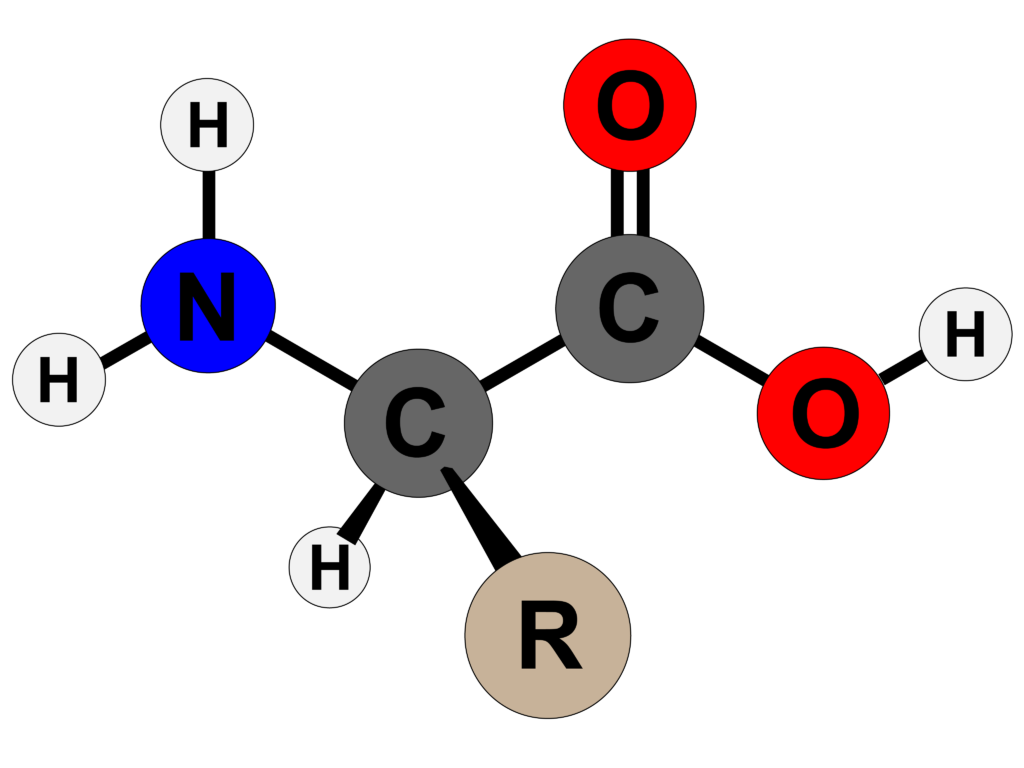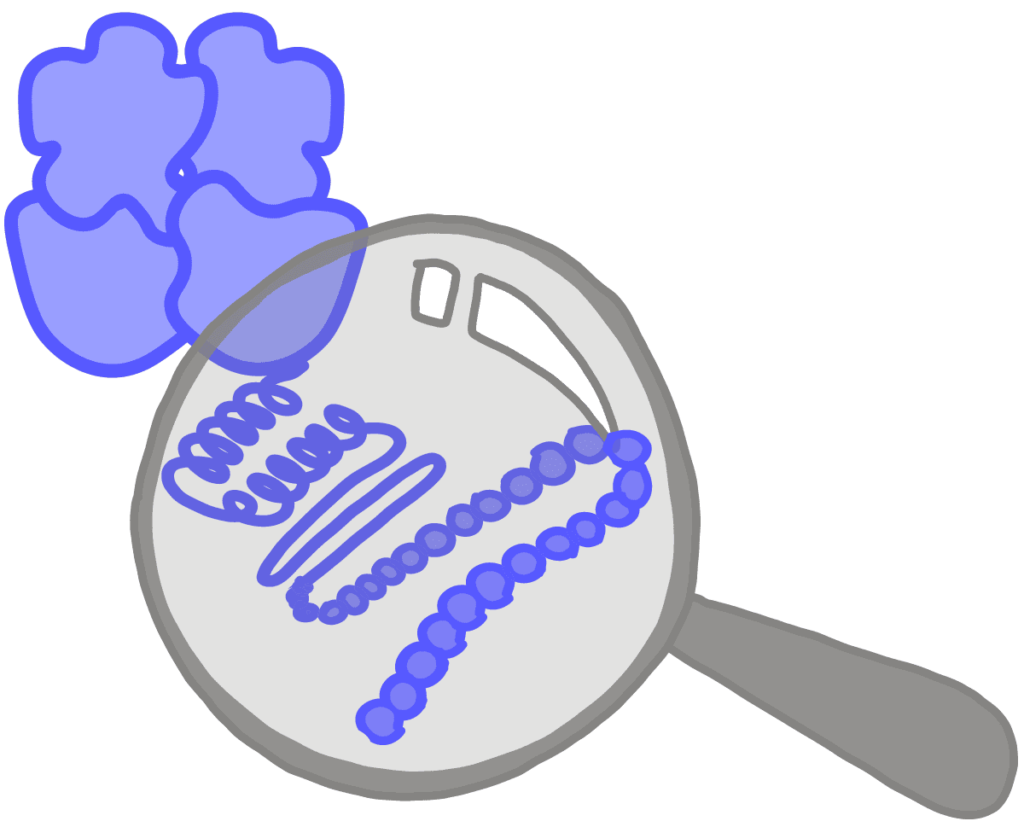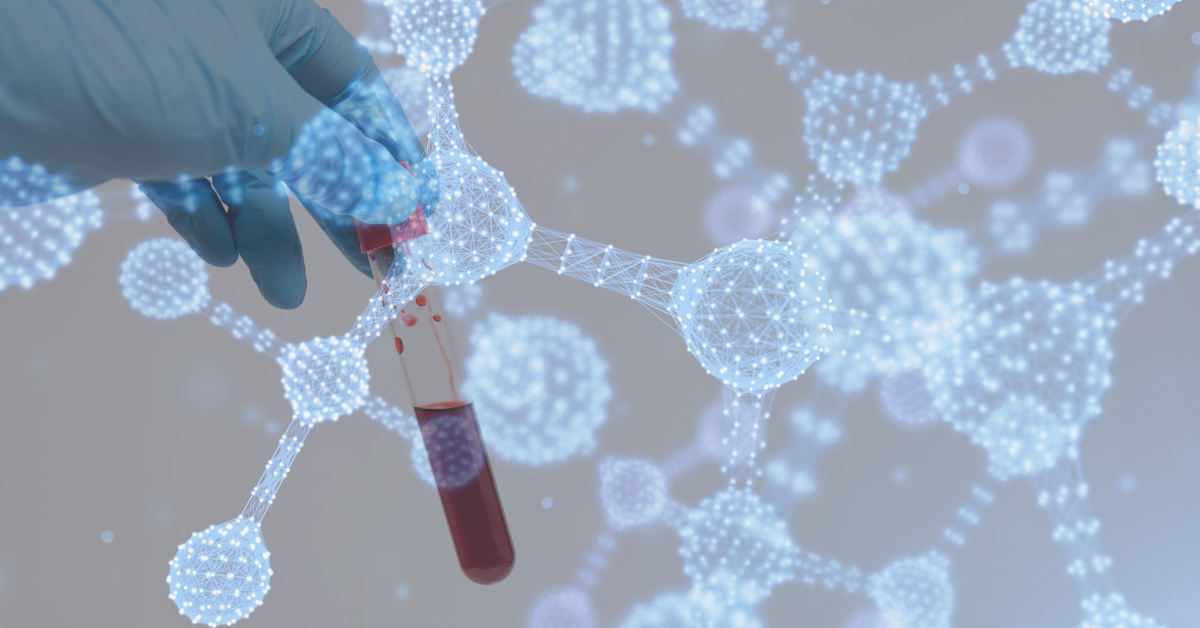An Integrative Approach to Amino Acids
Amino acids are integral in several bodily functions. They are the building blocks of proteins that aid in multiple functions on a cellular level. We cannot forget about crucial amino acids, as they aid in immune function, muscle growth and recovery, and can be utilised in treating deficient hospitalised patients. Amino acid testing and supplementation can improve lifestyle and wellbeing.
Amino acids are the building blocks of proteins within the human body. They are keystones to our biochemistry, and play a large role in our body’s ability to recover, function and thrive. The blood spot amino acid test is versatile in being able to detect deficiencies, where treatment and prevention protocols can be implemented. Integrative Medicine attempts to understand the root cause of symptoms, and investigate further to find lasting solutions. We can find these solutions in both the complementary and conventional fields. Identifying and analysing amino acids can be hugely beneficial in finding solutions to symptoms that are linked to a deficiency.

The various types of amino acids
Each Amino acid has a specific functional group (R group) – besides amino (-NH2), and a carboxyl group (-COOH) – attached to the same alpha (α) carbon atom (the carbon next to –COOH). Most of the amino acids are α-amino acids.
Our body is composed of thousands of proteins that perform several functions. Amino acids are the components that help to build these proteins. Therefore, following protein degradation, amino acids are the breakdown products. The body then uses these amino acids to perform several functions. Proteins, specifically enzymes, are what catalyse the vast majority of chemical reactions in the body. These chemical reactions are essential for our biological functioning. We use amino acids in a variety of ways, including breaking down food, growth of muscle, repairing body tissue, etc.
Scientists have identified 20 amino acids, of which 9 are essential. Of the 9 essential amino acids, 3 are Branched-chain amino acids (BCAAs). Amino acids are categorised into three main groups:
- Essential amino acids
- Nonessential amino acids
- Conditional amino acids
Essential amino acids
Essential amino acids simply mean that the body does not produce these components on its own . Thus, these sources of amino acids come from the food we ingest and the supplements we consume. The 9 essential amino acids are Histidine, Isoleucine, Leucine, Lysine, Methionine, Phenylalanine, Threonine, Tryptophan, Valine.
Nonessential amino acids
Nonessential amino acids are those that our body produces naturally. So, we don’t have to obtain them from food or supplement sources. These amino acids include: Alanine, Arginine, Asparagine, Aspartic acid, Cysteine, Glutamic acid, Glutamine, Glycine, Proline, Serine and Tyrosine.
Conditional amino acids
Conditional amino acids are those that are not essential, but have been proven to aid in immune recovery and muscle loss prevention. When a person is in hospital, undergoing treatment, they would need a variety of these conditional amino acids. These include; Arginine, Cysteine, Glutamine, Tyrosine, Glycine, Ornithine, Proline, Serine.
The main functions of amino acids

Amino acids, as mentioned above, help the body to perform a number of processes. These processes require amino acids to work effectively. They include but are not limited to:
Formation of proteins:
Amino acids joined by peptide bonds form proteins and peptides.
Formation of Glucose:
Glucogenic amino acids are converted to Glucose in the body.
Transport and storage of ammonia:
Glutamine plays a role in transport and storage of amino nitrogen in the form of ammonia.
Enzyme activity:
Cysteine has an important role in the activity of certain enzymes.
Buffer:
Both free amino acids and some amino acids found in protein can potentially act as buffers . Histidine can serve as the best buffer at physiological pH.
Detoxification reactions:
Glycine , Cysteine, and Methionine are involved in the detoxification of toxic substances.
Amino acid deficiency and symptoms
Symptoms of amino acid deficiency vary in severity and type. This is all dependent on the type of amino acid lacking, and the individual’s ability to cope with symptoms.
Loss of focus
Tyrosine is an essential amino acid mostly found in dairy products and eggs, and is responsible for the production of important neurotransmitters like dopamine and epinephrine. These neurotransmitters aid in the ability to focus and concentrate on certain tasks.
Fatigue
The combination of a variety of amino acids helps in various functions of the body. A deficiency in certain amino acids can lead to a lack of energy, and thus the feeling of being fatigued.
Reduced Immune response
Arginine and glutamine are two examples of amino acids that aid in the immune system response, and help to fight off disease. The deficiency of amino acids means that the body has less fuel to fend off threats and can lead to a decreased recovery time.
Depression and mood disorders
Amino acids are utilised in the production of neurotransmitters. Some of these neurotransmitters include serotonin and norepinephrine, which help to regulate the feelings of focus, happiness, joy, etc. A deficiency in these neurotransmitters can lead to mood swings and depression.
How amino acids can help you improve exercise

The most important components to look at when studying your muscle recovery and preservation are Branched-chain amino acids. They form part of the essential amino acids and are therefore not produced naturally by the body. These include valine, leucine and isoleucine. These components form an integral part in the preservation and growth of muscle tissue, and can be supplemented when engaging in vigorous and rigid exercise regimes.
Muscle Growth
It’s been found that those who supplement with BCAAs before an intense workout can increase their muscle protein synthesis by up to 22%. It is a way to enhance the workout, yielding better results for muscle growth.
Muscle recovery
The feeling of being stiff and sore after a workout is called delayed onset muscle soreness (DOMS). This is because of chemical reactions that take place under physically taxing conditions. Amino acids, protein and supplements may be used to enhance muscle recovery. A good way to ensure good muscle recovery and to reduce DOMS symptoms is to supplement with BCAAs. These branch amino acids have been proven to reduce muscle damage and improve muscle recovery time.
Summary
Amino acids are integral in several bodily functions. They are the building blocks of proteins that aid in multiple functions on a cellular level. When these components are lacking, we may experience a series of uncomfortable symptoms, and this indicates that treatment is required. We cannot forget about these important amino acids, as they aid in immune function, muscle growth and recovery, and can be utilised in treating deficient, hospitalised patients. As we understand more about the benefits and uses of amino acids within the body, the better able we are to give patients the advice they need.
How do I Become a Functional Medicine Practitioner to learn more about Amino Acids?

The Institute of Integrative Medicine is a global leader in the field of Integrative Medicine Education. Integrative medicine aims to be at the forefront of modern technology and new discoveries. Protein is essential for a several bodily functions and amino acids are required to form these proteins. Identifying deficiencies and the use of supplements can have significant health benefits. We offer certified online courses helping you to take charge of your practice and improve the quality of life for your patients. Find out more about the courses we offer today!

